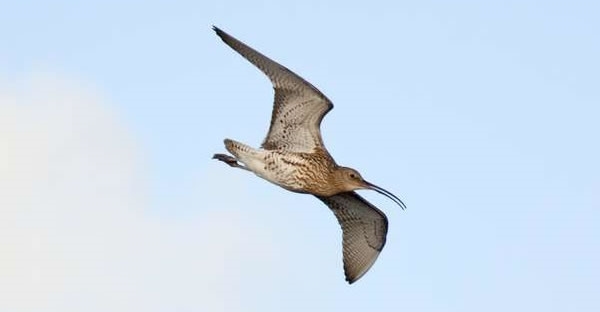
By Dave Parish, Head of Scottish Lowland Research Project
The plight of the Curlew in the UK has been well documented and publicised over the last 12 months or so: it is one of the most rapidly declining birds in the UK, falling in number by 48% since 1995, 59% in Scotland, and the UK holds around 28% of the world population so what happens to them here has wide-ranging implications. I’m sure we’ll hear a lot more about this over the next 48 hours or so as people engage with World Curlew Day on Saturday, but what can be done to help the species?
GWCT recently launched ‘Action for Curlew’ which offers people across the UK the opportunity to submit records of Curlew to us and receive advice on how to manage their land to help them. That doesn’t sound particularly ground-breaking, but surprisingly we don’t know exactly where all the Curlew are – especially in the lowlands – and certainly many land managers are not aware of the actions that are already available which would help the species right now.
Furthermore, the exact nature of the problems facing Curlew is also far from clear, so anyone who is able to provide information on what happens to Curlew on their ground will be making a significant contribution to our understanding.
To further our quest for better understanding, we are also embarking on a programme of research at GWSDF Auchnerran in Aberdeenshire, exploiting the healthy population of breeding Curlew that we are lucky to have there. Over the last few years we have had around 12 breeding pairs on the farm itself, with more breeding on the moorland above.
This gives us a chance to explore their habits in some detail to learn something of how they exploit their local environment during the breeding season and identify key factors impacting on them. This is vital as current thinking suggests problems during the breeding season resulting in poor productivity might lay behind the Curlew’s population trend.
Part of this programme will consist of good old-fashioned hard graft, finding and monitoring nests. Whether it be by St Beuno’s hand as the Celtic legend suggests, or the action of natural selection, Curlew nests are difficult to find so this is no easy task, but with the aid of trail cameras which help to document all activity at nests, we are confident that 2018 will yield some very valuable information.
In the near future, we also hope to GPS-tag some female Curlew, working with other GWCT colleagues, so we can follow individual birds around the breeding grounds and beyond, again helping to fill crucial gaps in our knowledge. There have been lots of enquiries in Scotland alone from land managers about how they might help with this research, so if funds allow we could achieve a lot over the next few years.
How you can support Action for Curlew
If you want to help support our Action for Curlew programme, you can donate here, and please do consider submitting Curlew records if you too are lucky enough to still have some on your ground.